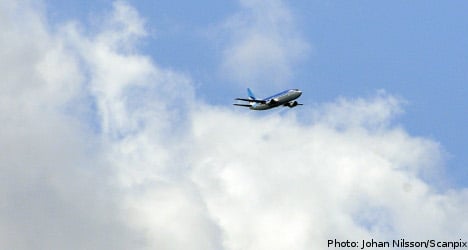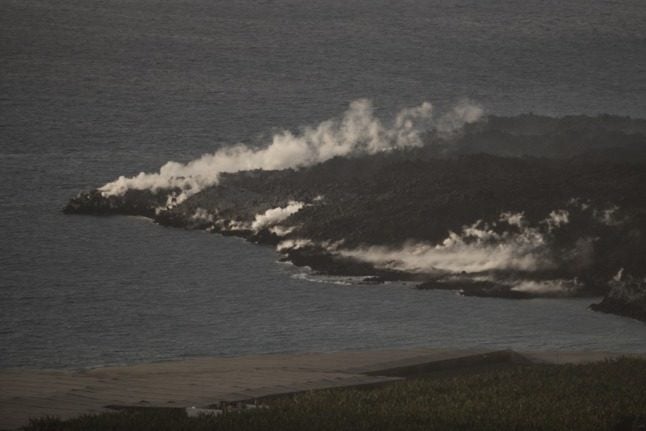The latest reports from Iceland indicate that the volcano remains stable.
“The new rules mean that all of Sweden’s airspace is now open to certificated airlines,” said Susanne Rundström, at airport operator Swedavia.
Arlanda and Bromma airports in Stockholm, Landvetter and Säve in Gothenburg, Örnsköldsvik, Skellefteå, Sundsvall, Härnösand, Västerås, Umeå, Borlänge are all within the risk zones two or three, established after a meeting of EU transport ministers last Tuesday to harmonize EU skies.
This mean that all airspace in Sweden is served by airlines with the correct permits.
The Swedish Transport Agency (Transportstyrelsen) has decided to amend recommendations to enable more flights to take place – even through the ash cloud. The three zones are now incorporated into Swedish airspace, to replace the previous two.
Furthermore flights will be allowed even in locations classified within zone two, where some ash is present, making it possible to fly in a much larger part of the sky.
The Swedish rules are adapted to the EU, where zone one means a total flight ban, zone two has some flight restrictions and zone three is ash-free. In order to fly in zone two airlines must now hold a special licence, flight must be time limited, and additional checks of engines and windows must be undertaken.
The Eyjafjallajökull volcano in southern Iceland remained stable on Thursday, although the eruption remains ongoing, according to the Icelandic authorities.
“The plume of ash remains low and the quakes have not increased,” said a spokesperson for the Icelandic rescue service.
On Wednesday, seismologists said that the plume had declined to “negligible” levels, but volcanic ash forced the Icelanders to close Reykjavik airport on Thursday, for the first time since the eruption began last week.



 Please whitelist us to continue reading.
Please whitelist us to continue reading.
Member comments